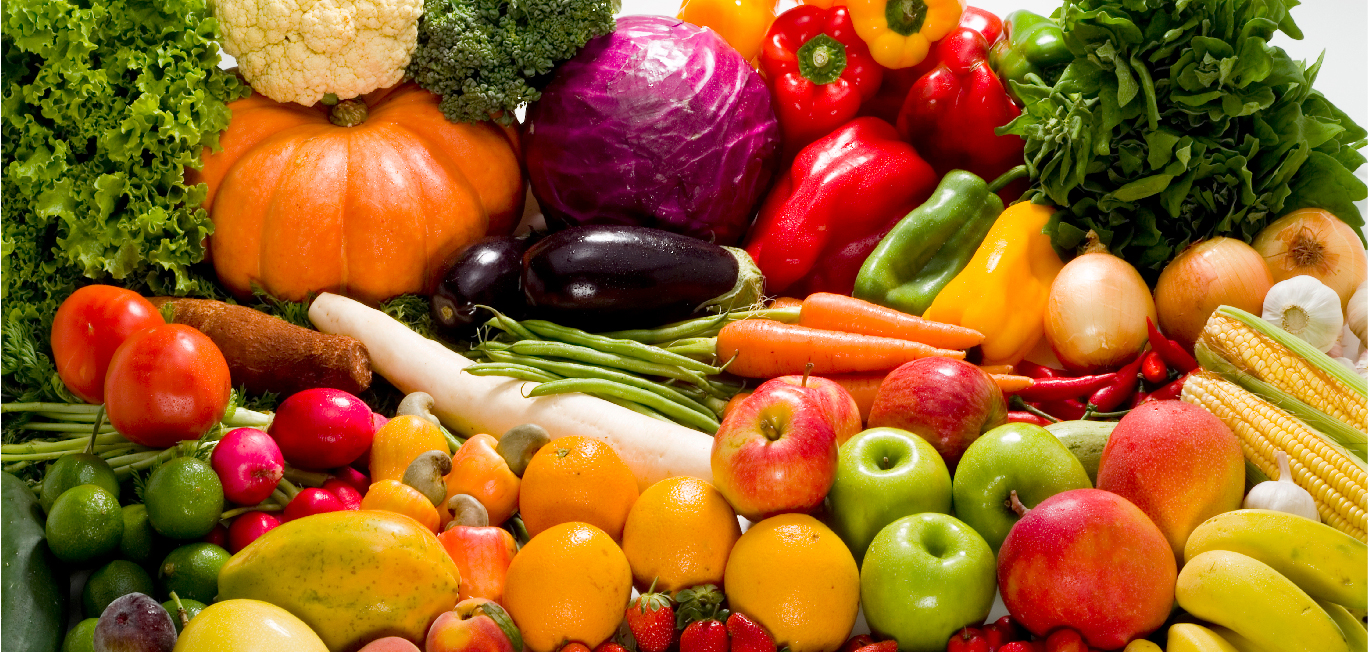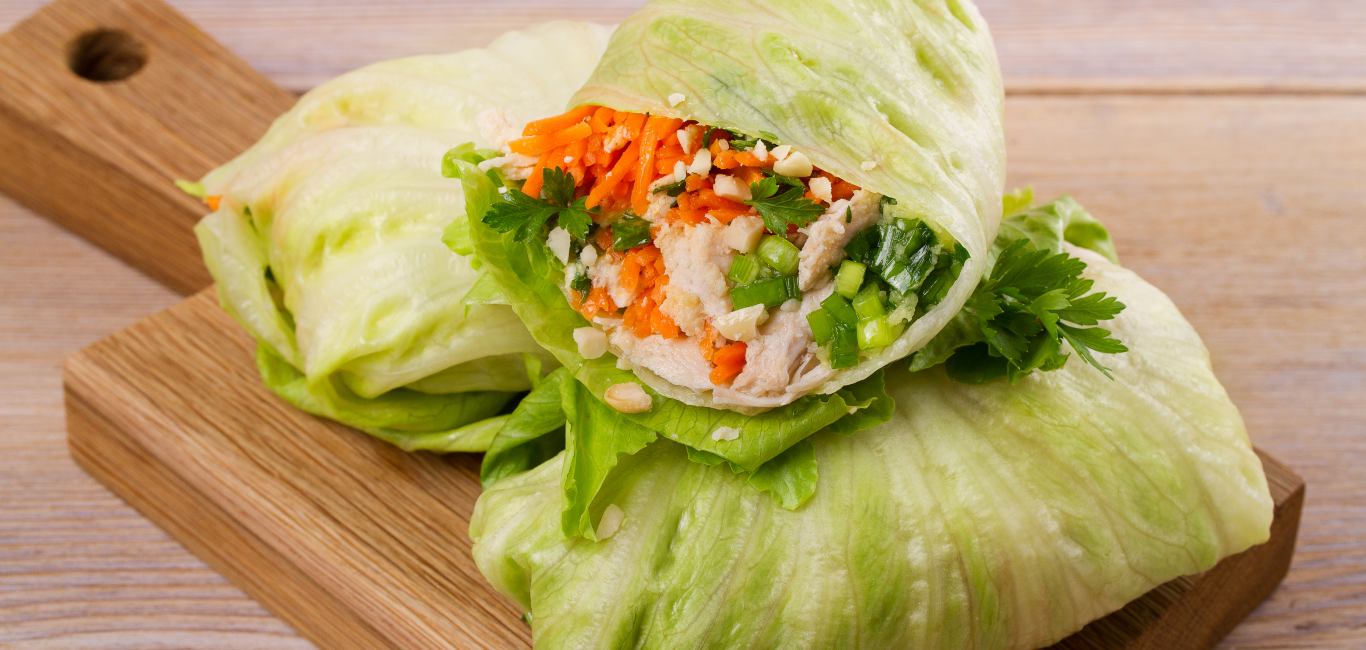
When we go grocery shopping, colourful fruits and vegetables grab our attention. They could be bright yellow, orange, green, purple or red. These colours are visually appealing, but more importantly, they are an indication of the abundance of nutrients present in them. Fruits and vegetables get these vibrant colours from the phytonutrients (plant chemicals that have beneficial effects on our body) present in them.
Phytonutrients, which are not the same as vitamins and minerals, combine in different forms to give us numerous health benefits, such as preventing chronic diseases and enhancing bodily function. When looking for vitamins and minerals and other nutrients in the food, think of phytonutrients as the bonus.
“It is important to include a wide variety of colourful fruits and vegetables to meet our daily requirements as they also contain essential vitamins and minerals along with the phytonutrients,” says Ankita Kushwaha, a dietician from Kanpur.
Phytonutrients act as antioxidants, which protect our body against harmful free radicals that damage our cells. These free radicals are linked to conditions like diabetes and cancer.
Colour your plate
A 2019 research study published in the Journal of Nutrition and Metabolism lists the colours of fruits and vegetables and their respective benefits as follows:
Red foods such as beetroot, red bell peppers, tomatoes, apples, and strawberries are rich in phytonutrients called lycopene and anthocyanin. They have anti-inflammatory properties. Additionally, red bell peppers and strawberries are rich in vitamin C further supporting the immune system.
Orange foods such as carrots, orange bell peppers, wild yams, oranges, and papayas contain beta-carotene and beta-cryptoxanthin. These phytonutrients help in maintaining reproductive health in both men and women. Both red and orange foods help in fighting infection and wound healing.
“The beta-carotene found in orange foods is converted into vitamin A, which is helpful in maintaining skin and eye health,” says Dhanashri Khedekar Kale, a dietician from Mumbai.
Yellow foods such as corn, ginger, yellow bell peppers, pineapples and lemons are rich in lutein, zeaxanthin, and bioflavonoids, which help protect the eyes against harmful ultra-violet light. The prebiotic content in yellow foods such as bananas can help activate gut-friendly bacteria in yoghurt. A study published in the Journal of Nutrition and Metabolism found that bioflavonoids present in colourful foods may also improve stomach ulcers. Additionally, ginger is effective in nausea and is used in many households as a home remedy.
Green foods such as spinach, green beans, green peas, bell peppers, and green apples are rich in chlorophyll, isoflavones, and isothiocyanates. These are good for maintaining cardiac health. A meta-analysis study indicates that about 15.8 per cent of cardiovascular disease risk can be reduced if we eat green leafy vegetables every day. In addition, dietary nitrates from green leafy vegetables can enhance blood flow to the tissues and improve exercise tolerance (the amount of exercise one can withstand before getting over-exerted).
Purple or blue fruits and vegetables like brinjal, purple cabbage, blueberries, and purple grapes are rich in anthocyanidins and flavonoids. Flavonoid-rich foods like blueberries help in cognition and mood. According to a study, they may impart short-term beneficial effects such as improved attention, memory, and mood. Additionally, a study published in the journal Advances in Nutrition suggests that regular intake of blueberries was associated with a reduced risk of cardiovascular disease, type 2 diabetes, and neurological decline.
Kale warns that although these colourful fruits and vegetables provide many benefits, it is important to always consult a dietician if one has a health condition. “Green leafy vegetables are generally good for everyone, but their potassium-rich property may not be suitable for people with renal conditions. It is because kidneys cannot process potassium properly leading to the build-up of blood potassium levels in the body that can be harmful,” she says.
When it comes to making sure we get the maximum nutrients from these foods, it is key to be mindful while cooking. Over-cooking can destroy the nutrients in them. Paying close attention to the proper duration of cooking, temperature and amount of water can help with this.
“To incorporate all the colourful vegetables in our diet, a mixed vegetable soup is a good option. This will make sure that we get all the benefits as well,” Kushwaha concludes.

















